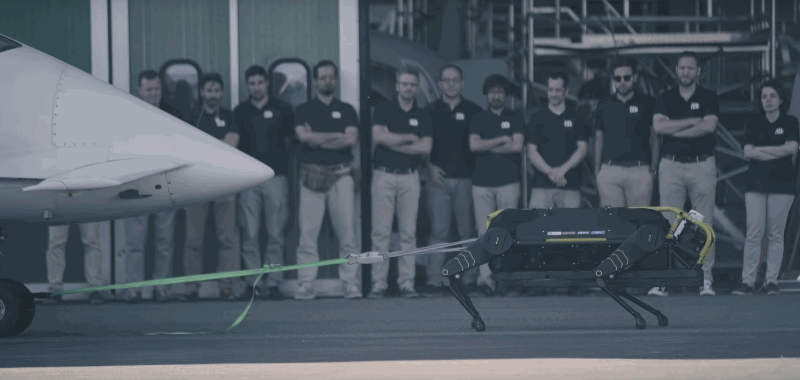SpaceX reveals more Starlink info after launch of first 60 satellites
Last night’s successful Starlink launch was a big one for SpaceX — its heaviest payload ever, weighed down by 60 communications satellites that will eventually be part of a single constellation providing internet to the globe. […]
SpaceX reveals more Starlink info after launch of first 60 satellites Continue »






